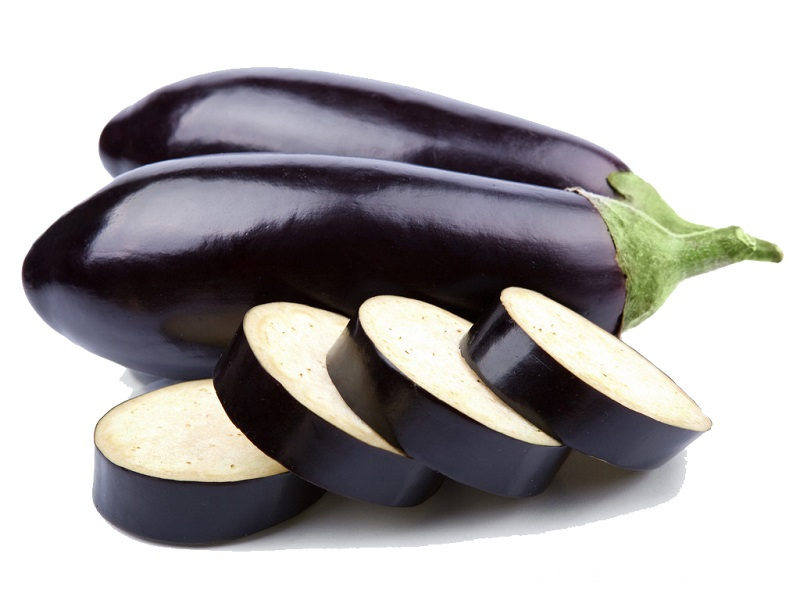Near-infrared spectroscopy (NIRS) is one of the widely used techniques in the feed industry, and it can be used for the detection of animal-derived components in feed. The principle of NIRS is that molecular substances in feed can absorb light of different wavelengths. The advantages are fast detection, no use of hazardous reagents, low sample volume required, non-destructive testing, good economic repeatability and the potential to be developed as a commercial instrument. The main disadvantage is that this technique is indirect, so a large number of sample reference values ​​are needed to form a calibration and reference model.
At present, many countries in the world, especially the EU countries, have enacted various laws to ensure the biosafety of feed to prevent mad cow disease. The main purpose is to control the application of animal-derived ingredients in feed. It is forbidden to add meat and bone meal to the feed of ruminants. And the prohibition of intraspecific circulation of animal-derived components is a central measure to prevent mad cow disease. The effective implementation of these laws and regulations requires an effective method to detect the animal-derived ingredients in the feed.
The ideal analytical method for the identification of meat and bone meal types should be specific, sensitive, rapid, affordable and high-throughput. Due to the different sources of materials, any single method cannot meet the above requirements. The choice of method depends on many factors such as the purpose of the test, the nature of the sample, the size and number of samples, specificity and sensitivity requirements, time period, cost, acceptable facilities and equipment, and the like. One or several methods should be selected as the detection method according to the specific conditions of the sample to be tested. By evaluating the advantages and disadvantages of various methods, it can be seen that the relationship between the various methods is complementary rather than competitive. For example, the near-infrared method and the immunological method are used as screening methods, and the microscopy method and the PCR method have high legal value; in addition, the near-infrared method is not affected by the heat treatment, and can be complementary to the PCR method and the immunological method. With the continuous improvement of various methods, the reference laboratory will point out a suitable method for specific purpose analysis, which will be a system of methods consisting of a series of different methods.
At present, many countries in the world, especially the EU countries, have enacted various laws to ensure the biosafety of feed to prevent mad cow disease. The main purpose is to control the application of animal-derived ingredients in feed. It is forbidden to add meat and bone meal to the feed of ruminants. And the prohibition of intraspecific circulation of animal-derived components is a central measure to prevent mad cow disease. The effective implementation of these laws and regulations requires an effective method to detect the animal-derived ingredients in the feed.
The ideal analytical method for the identification of meat and bone meal types should be specific, sensitive, rapid, affordable and high-throughput. Due to the different sources of materials, any single method cannot meet the above requirements. The choice of method depends on many factors such as the purpose of the test, the nature of the sample, the size and number of samples, specificity and sensitivity requirements, time period, cost, acceptable facilities and equipment, and the like. One or several methods should be selected as the detection method according to the specific conditions of the sample to be tested. By evaluating the advantages and disadvantages of various methods, it can be seen that the relationship between the various methods is complementary rather than competitive. For example, the near-infrared method and the immunological method are used as screening methods, and the microscopy method and the PCR method have high legal value; in addition, the near-infrared method is not affected by the heat treatment, and can be complementary to the PCR method and the immunological method. With the continuous improvement of various methods, the reference laboratory will point out a suitable method for specific purpose analysis, which will be a system of methods consisting of a series of different methods.
Product classification of Green Vegetables;We are from jining city, shandong province macro mountain trading co., LTD is a supplier/factory of professional manufacturers, the wholesale high quality fresh green vegetables, fresh carrots, Fresh Potato, eggplant, fresh Fresh Cabbage, fresh broccoli, green pollution-free security, high quality, nutritious vegetables research and development and manufacturing, we have a perfect after-sales service and technical support.Looking forward to your cooperation!

Green Vegetables
Green Vegetables,Organic Green Vegetables,Green Fresh Vegetables,Green Healthy Vegetables
Jining Sunagro Trade Co., Ltd. , https://www.sunagro-food.com